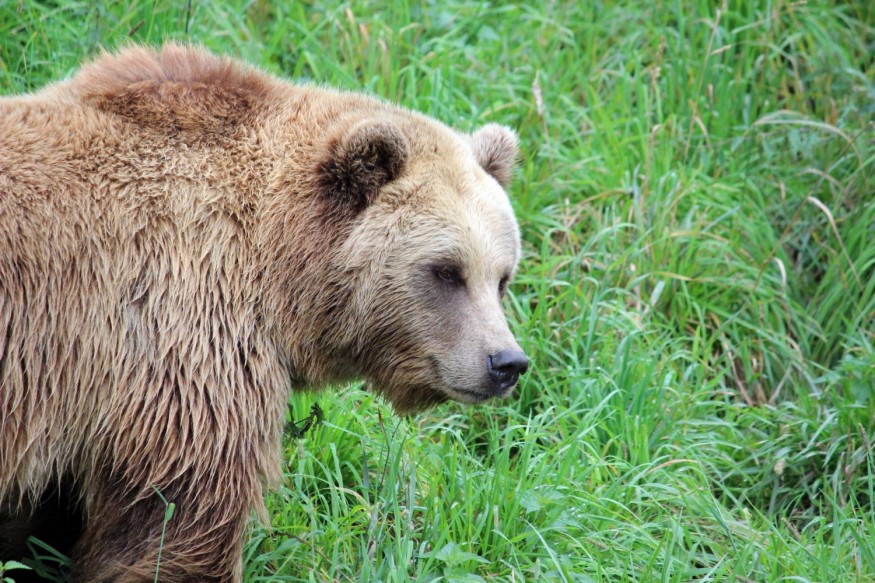Bear attacks have increased in Romania over the past several years, with some encounters that include fatal ones. The growing threat of human-wildlife conflict in the European nation affected not only locals but also tourists. Now, the Romanian government, conservationists, and even the public are divided as to whether to cull or preserve their local bear population, which has also been rising.
Romania is home to the continent's largest brown bear population. However, the increasing number of brown bears in the country's forests is also becoming parallel with intensifying conflict with both locals and tourists. As the large mammal predators continue to breed and search for food, human expansion into Romania's wildlands is also contributing to the deadly bear encounters.
Romania Bear Attacks

Brown bears are often seen closer to motorists more than ever in the forests of central Romania, where the wild animals are attracted to food brought by tourists or leftovers from unsecured garbage cans. This scenario contributes to the increasing Romania bear attacks, as reported earlier this week. The issue even forced local wildlife authorities this year to allow hunting to cull the bear populace.
As of October 2023, it is estimated that the Romanian bear population ranges between 7,500 and 8,000, according to the European Parliament, which reported that 154 bear attacks occurred between 2016 and 2021. Among these attacks 14 people died and 158 others were injured. According to the EU legislative body, the Romanian government authorized the shooting of 426 bears.
In September 2023, Romania's environmental department proposed to export brown bears to other EU member countries, as means to regulate or mitigate its local bear population. Despite the initiatives, there are still no long-term concrete plan to address the brown bear threat. Based on reports, the decision will be based on the frequency and nature of future bear attacks in Romania.
Romania Bear Threat
Conservationists reportedly argue that increasing human activities and presence in natural brown bear habitats in Romania are the real problem, instead of the bears themselves. This rationale also creates a dilemma for the Romanian government as it continues to attempt to attract more tourists to the country's national parks.
As an initial response, local authorities increased the culling of bears from 50% to 220%, an initiative backed by some of Romania's parliament members. Yet, the move is gaining criticism from conservationists as alternative options are potentially still available.
Related dilemmas can also be found in other parts of the world. In the United States, wildlife experts reported that black bear population is also increasing in some North American communities as more people migrate into bear habitats. This situation also increases the encounters between bears and humans, according to The Humane Society of the United States.
Experts suggest exercising or practicing the most evident method to prevent conflicts with bears: making trash cans inaccessible. According to biologist Stephen Herrero, it is possible for bears and people to coexist without engaging in serious problems, as long as humans are willing to manage their food waste and garbage, as cited by The Humane Society.
© 2025 NatureWorldNews.com All rights reserved. Do not reproduce without permission.





